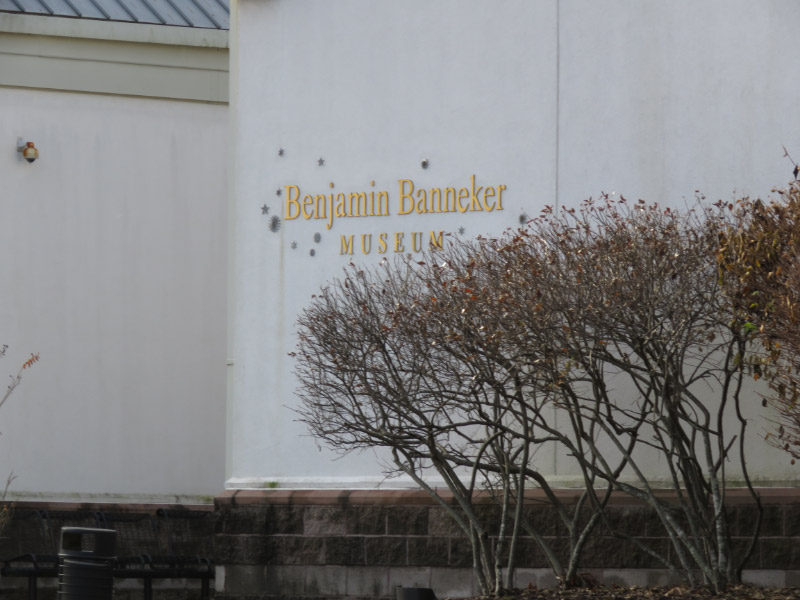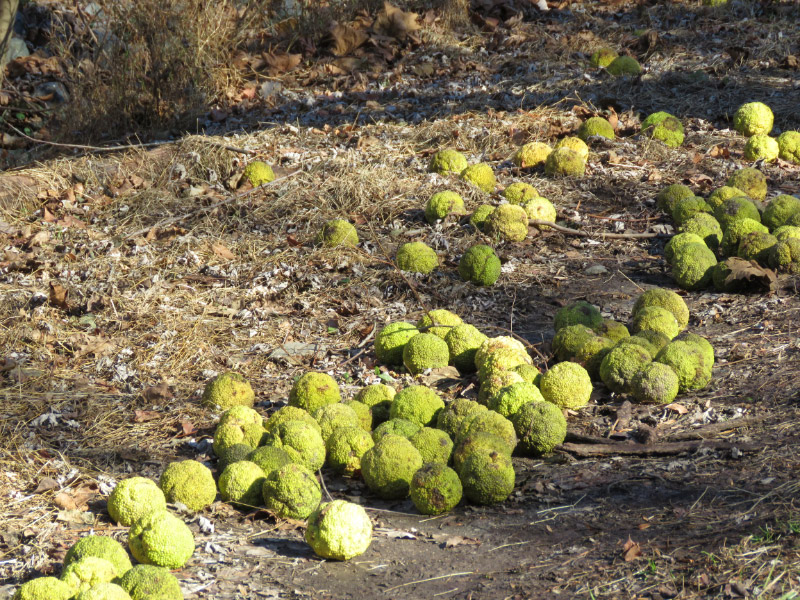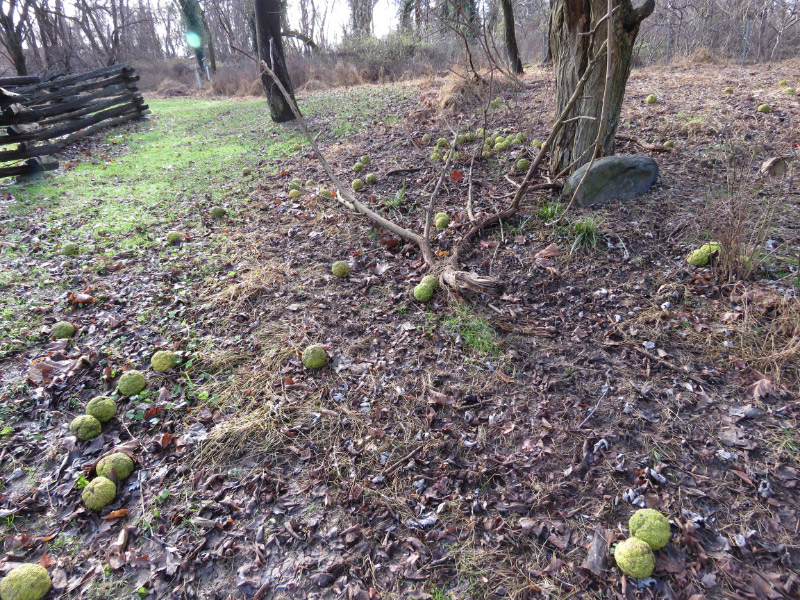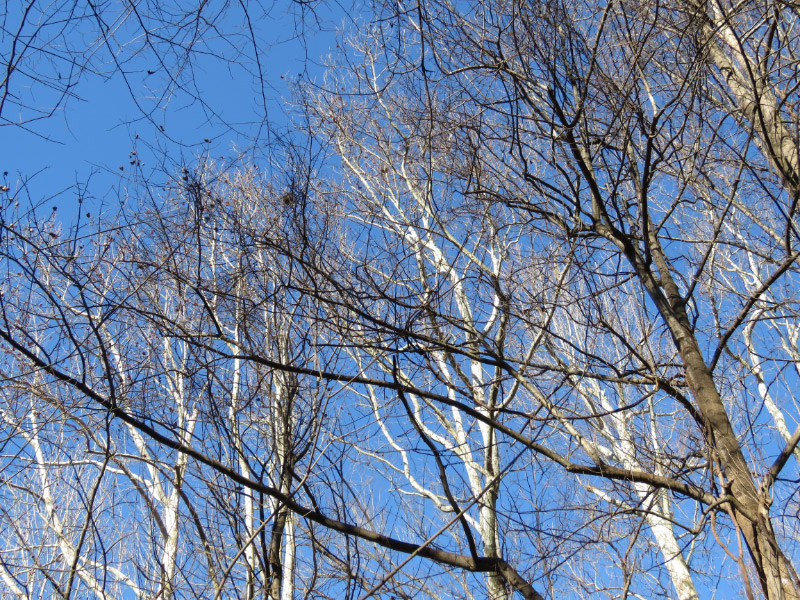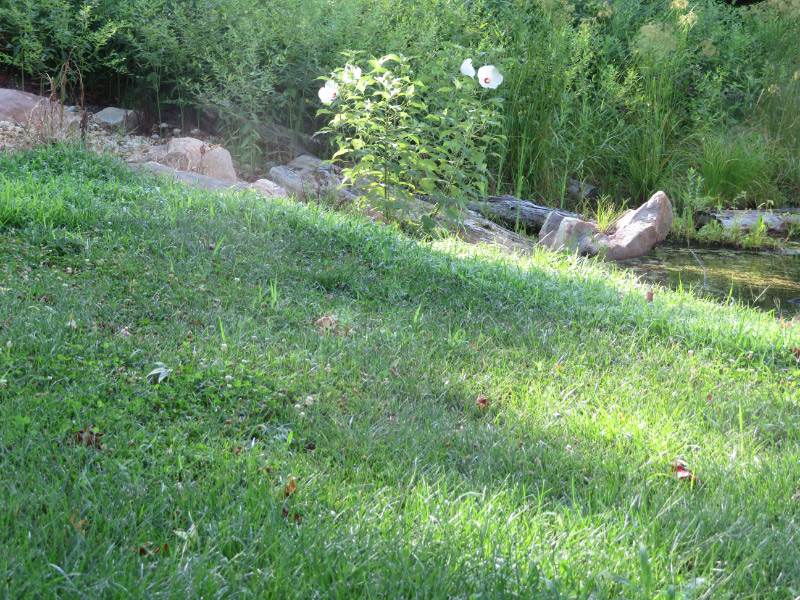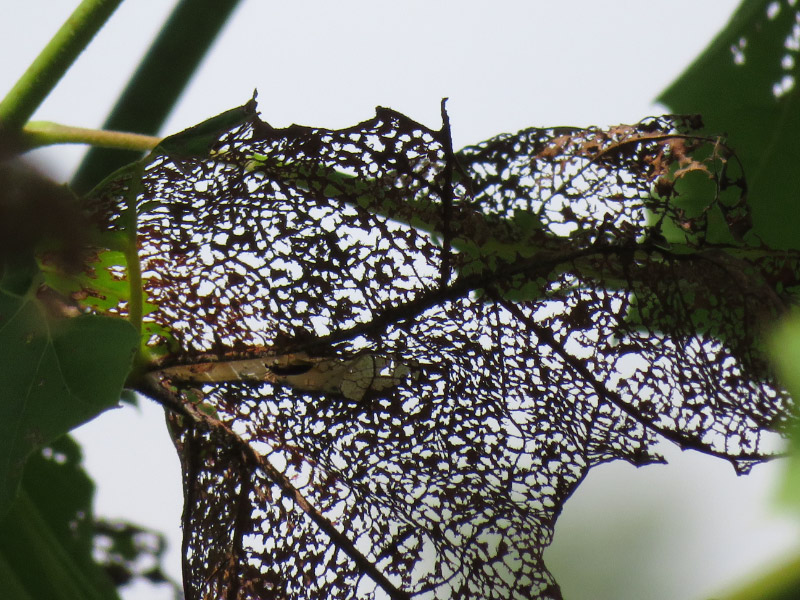Flying Wild
/Last Friday – I was in Annapolis for a Flying Wild class offered by the Maryland Department of Natural Resources. It was a day to learn some activities that celebrate birds designed for age groups I normally encounter as a volunteer and Maryland Master Naturalist. The forecast for the morning drive was a little threatening (freezing rain) but it didn’t materialize. It was my first time at the Tawes State Office Building where the class was held do I took a few minutes for pictures of lobby area of the building (it was rainy and cold so no outdoor pictures): Maryland symbols, a frayed Baltimore Checkerspot (which is very rare these days), a garden drawing on one of the windows looking out onto a real courtyard garden and a sculpture of a tree planting.
We did a sampling of the activities available from Flying Wild. One of my favorites was nest building. In teams of 3, we used wire to make a frame for a nest and then used materials that we had scored for strength, flexibility, and space filler. We could use as much material as we wanted except for clay; we were only allowed a golf ball amount of that. After we constructed our nest, there were tests: 3 marbles were used as ‘eggs’ (did they fit in the nest and not roll out when the nest was shaken); then some weights were put into the nest to simulate the growing chicks. It was a lot of fun and our nest ‘passed.’ We all gained a healthy respect for birds building nests with just their beaks and feet!
Of course, I come home with lots of stuff – handouts and the book…a poster and a ‘prize’ for being on the winning team for the nestling feeding relay. There were Black Eye Susan Seeds to plant next spring too!
I’m already thinking about doing some of the Fly Wild activities with summer campers!










